Fr. Francis Hezel, a leading scholar in Micronesian studies, elucidated the profound costs incurred during the conversion of the Chamorros to Catholicism, underscoring the turbulent period known as the Chamorro-Spanish wars.
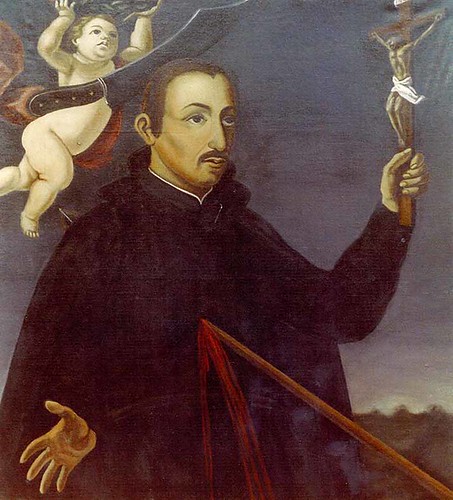
In a public lecture titled, “The Founding of the Church in the Marianas: A Clash of Cultures,” on Saipan several years ago, Fr. Hezel delved into the intricate dynamics that precipitated strife in the region.
Sponsored by the Lay Ministry’s Program of the Diocese of Chalan Kanoa and the Northern Marianas Humanities Council, Fr. Hezel’s discourse shed light on the cultural misunderstandings that catalyzed violence in the aftermath of Fr. San Vitores’s mission work in Hagåtña, Guam. Just two months into his endeavors, tensions flared over rumors alleging the toxicity of baptismal waters, perpetuated by a Chinese castaway named Choco, whose influence among the island’s populace proved potent.
Fr. Hezel articulated how these rumors, fueled by misunderstandings and suspicions, escalated into clashes over deeply held cultural practices. The desecration of local shrines and the demolition of sacred artifacts further exacerbated tensions, symbolizing a collision between indigenous traditions and the burgeoning influence of Catholicism.
The ensuing violence, including the tragic murder of Fr. San Vitores and Pedro Calungsod, a Filipino layperson later canonized, underscored the fragility of mutual goodwill amid cultural upheaval. Contrary to the notion of a unified resistance, Fr. Hezel revealed a fragmented landscape, with diverse individuals—Spaniards, Mexicans, and Filipinos—embroiled in the conflict.
The absence of centralized leadership compounded the complexities of the era, with Guam’s villages governed by disparate chieftains. Despite Fr. San Vitores’s initial aspirations of harmony and acceptance, discord ultimately prevailed, leaving an indelible imprint on the cultural fabric of the Marianas.
Fr. Hezel’s nuanced analysis offers valuable insights into the intersection of faith, tradition, and colonialism, illuminating a pivotal chapter in Micronesian history.



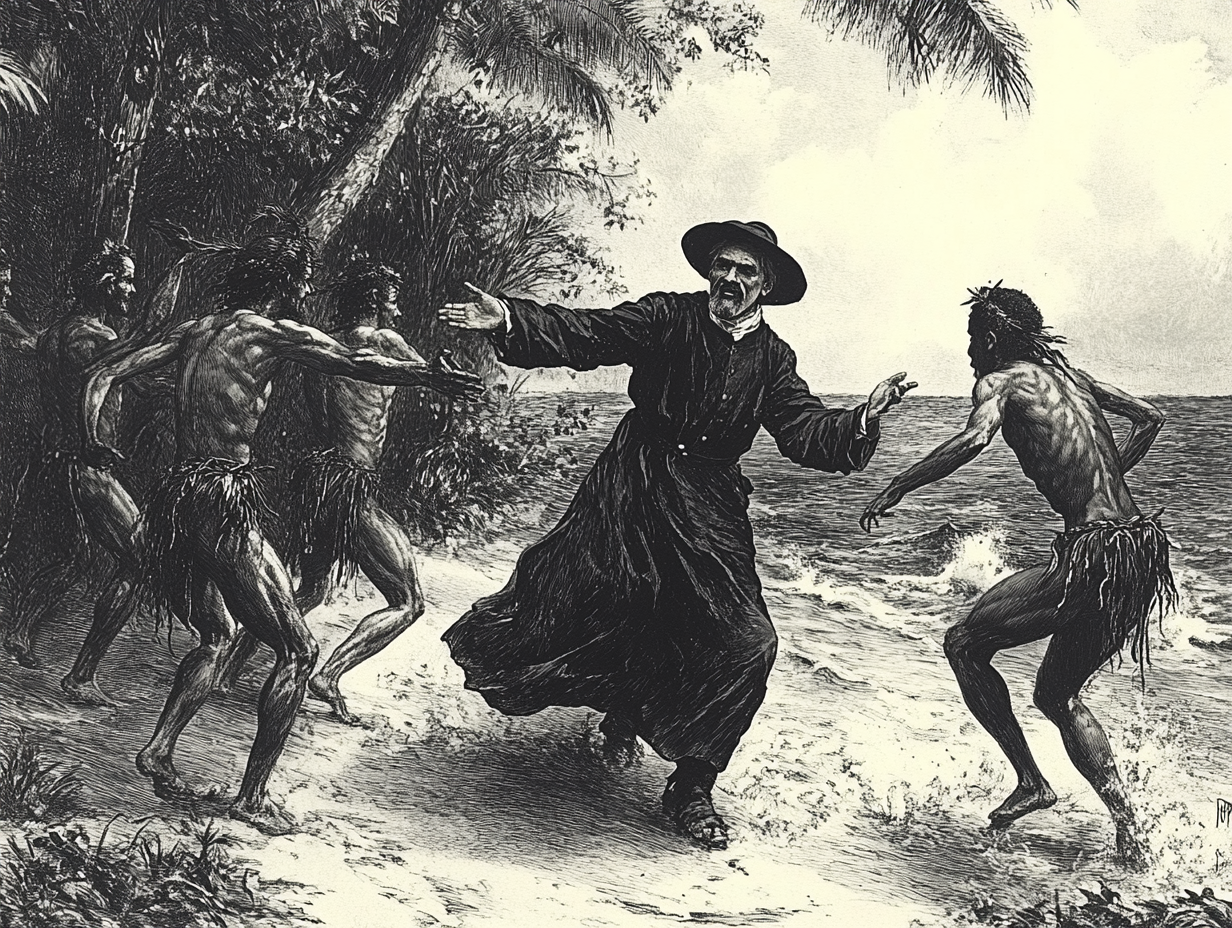
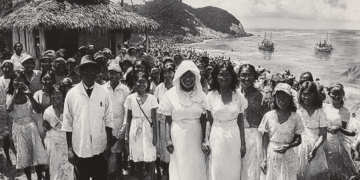


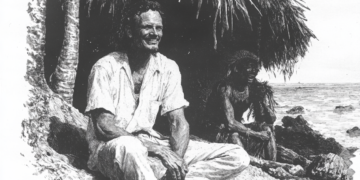

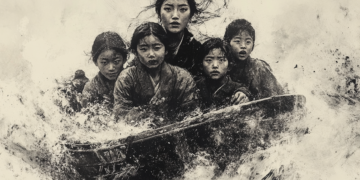



Discussion about this post